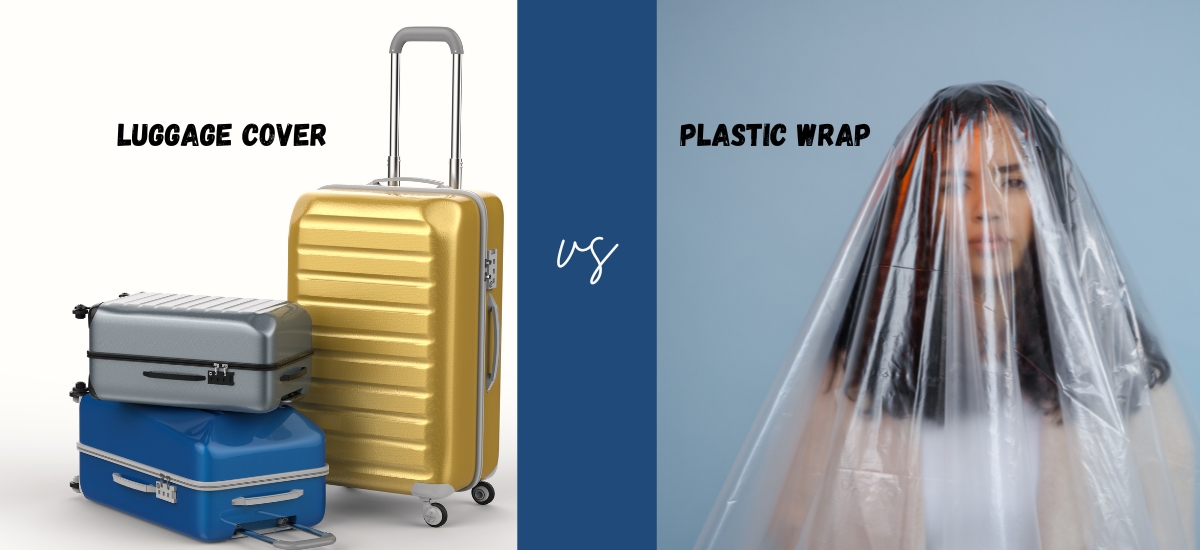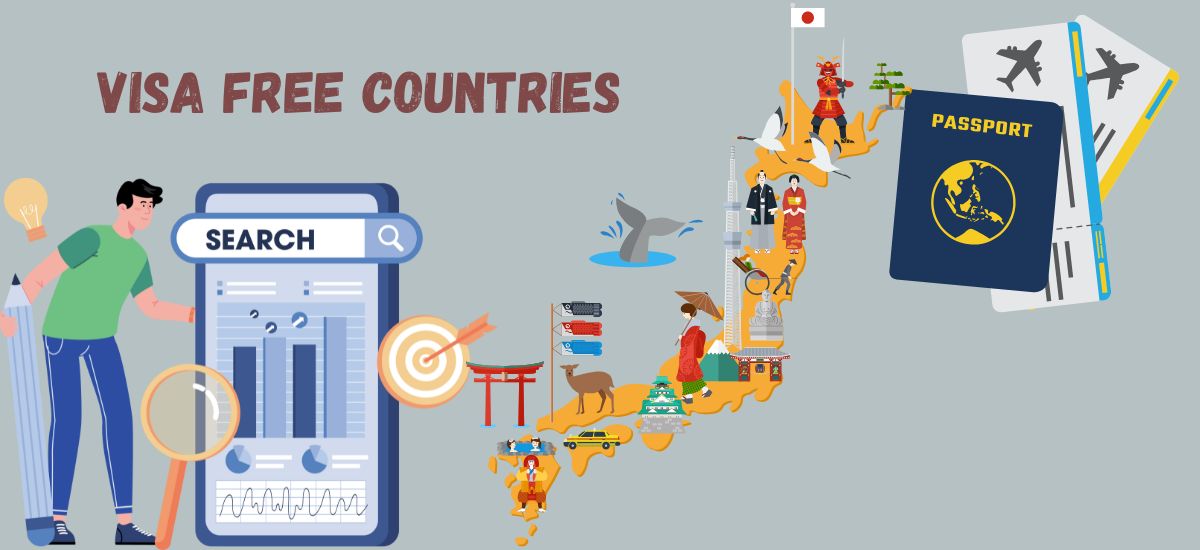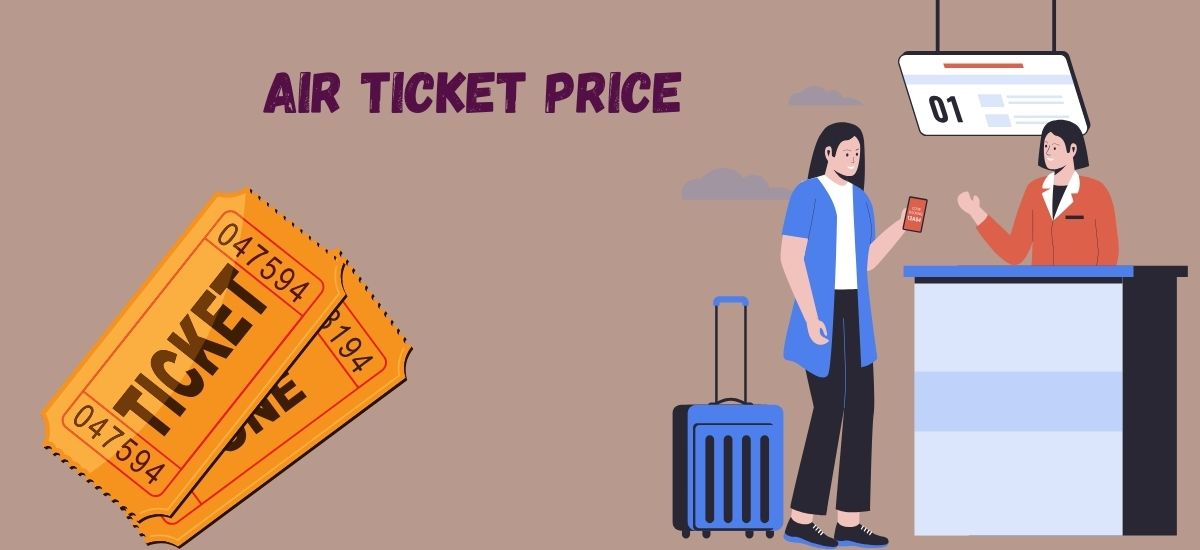
Picture this: I’m standing at the baggage claim in Rome, jet-lagged and eager to start my Italian adventure, when I spot my suitcase tumbling down the conveyor belt. It’s scratched, scuffed, and “worst of all” soaked from some mystery liquid. I’d heard about luggage covers and plastic wrapping, but I thought, “Eh, my bag’s tough enough.” Big mistake. That trip taught me the hard way that luggage protection is no joke. So, when it comes to keeping your suitcase safe, which is better: a luggage cover or plastic wrap? Let’s break it down with some real-world insights and tips to make your next trip stress-free.
Why Use a Luggage Cover or Plastic Wrap?
Travelers wrap or cover their luggage for three main reasons: protection, security, and style. A suitcase cover or plastic luggage cover shields your bag from scratches, dirt, and weather like that time my suitcase got drenched in a downpour at JFK. They can also deter casual theft by making it harder to sneak into your bag (though, spoiler alert, nothing stops a determined thief). Plus, a bright custom luggage cover or neon plastic wrap makes your bag stand out at baggage claim no more awkward “is that mine?” moments.
But here’s the catch: not all protection is created equal. Let’s compare luggage covers and plastic wrapping to see which suits your travel style.
Luggage Covers
A luggage cover is typically a fabric or stretchy plastic sleeve that slips over your suitcase. Think of it like a cozy jacket for your bag. Here’s why I’ve become a fan:
Durability
Reusable luggage covers are tough, protecting against scratches, scuffs, and even spills. My waterproof luggage cover saved my bag during a rainy layover in London.
Eco-Friendly
Unlike single-use plastic luggage covers, fabric or durable plastic covers can be reused for years. Plastic wrap creates waste, and some airports are eyeing bans.
Style Points
From sleek black to quirky patterns, custom luggage covers let you express yourself. I have a bright teal one with a map design that screams “world traveler.”
TSA-Friendly
Most covers are TSA-approved because they’re easy to remove if your bag needs inspection. The TSA screens 1.3 million checked bags daily, and about 5% get opened. A cover won’t stop that, but it’s less hassle than plastic wrap.
Downside: Covers can be pricier ($10-$50 depending on quality) and may not fit oddly shaped bags perfectly. You’ll also need to wash fabric ones occasionally.
Plastic Bags
Luggage wrapping, often done at airport stations like Secure Wrap, involves tightly wrapping your suitcase in layers of plastic wrap for luggage. It’s common at major U.S. airports like Miami or JFK, where nearly two million bags are wrapped annually. Here’s the scoop:
Security Boost
The tight seal makes it tough for someone to sneak into your bag without leaving evidence. In high-risk areas (like Manila’s infamous bullet-planting scam in 2015), this peace of mind is why people wrap their luggage.
Damage Protection
Plastic wrap guards against scratches, dirt, and even chemical sprays (like disinfectants used in some countries). A Reddit user mentioned their bag got soaked with disinfectant in China—plastic wrap could’ve helped.
Affordable
At about $15 per bag (e.g., at Miami International), it’s cheaper than replacing a damaged suitcase. Some services offer tracking or compensation (up to $5,000 for loss with Secure Wrap).
Downside
Does TSA allow wrapped luggage? Yes, but if your bag is flagged for inspection, TSA will cut the wrap, and they won’t rewrap it. Secure Wrap might rewrap for free, but that’s not guaranteed. Plus, the plastic waste is a big environmental red flag.
Luggage Cover vs. Plastic Wrap: A Head-to-Head
So, is it good to wrap your luggage before traveling? It depends on your priorities. Here’s a quick comparison:
Protection
Both shield against scratches and weather, but waterproof luggage covers are better for long-term use, while plastic wrapping is a one-trip fix.
Security
Plastic wrap slightly edges out because it’s harder to tamper with discreetly, but TSA cuts negate this if your bag is inspected. A TSA-approved luggage cover paired with a TSA lock is just as secure.
Eco-Friendliness
Eco-friendly luggage covers win hands-down. Plastic wrap’s single-use nature is a dealbreaker for green travelers.
Cost
Plastic wrap is cheaper upfront ($15 vs. $20-$50 for a cover), but reusable covers save money over time.
Convenience
Covers are easier to manage no airport wrapping stations needed. Plastic wrap requires time before check-in and can be a hassle if cut.
Are luggage covers worth it for travel? For me, yes. After my Rome debacle, I invested in a reusable luggage cover, and it’s been a game-changer for multiple trips. Plastic wrap is great for one-off situations, like a high-risk destination, but it’s not my go-to.
What Luggage Is Better, Plastic or Fabric Covers?
You might be wondering, what luggage is better, plastic or fabric? It’s not just about the cover material but how it fits your travel needs:
Plastic Luggage Covers
Lightweight, often transparent, and great for seeing your bag’s design. They’re stretchy and fit most suitcases but can tear over time.
Fabric Covers
More durable and stylish, often with waterproof coatings. They’re ideal for frequent travelers but may need washing.
I lean toward fabric for its longevity and eco-appeal, but a clear plastic luggage cover works if you want a budget-friendly, temporary option.
How Do I Protect My Luggage on an Airplane Trip?
Whether you choose a luggage cover or plastic wrap, here are five tips to maximize luggage protection:
- Use a TSA-Approved Lock: Pair your cover or wrap with a lock TSA can open without breaking. This adds security without slowing down inspections.
- Choose Bright Colors: A bold custom luggage cover or neon wrap makes your bag easy to spot and less appealing to thieves.
- Check Fit: Ensure your cover fits snugly to avoid snags. For plastic wrap, use airport services for a tight seal.
- Consider Eco-Friendly Options: Opt for a reusable luggage cover to reduce waste. Brands like Samsonite and Away offer sustainable designs.
- Pack Smart: Speaking of packing, is it better to roll or fold clothes for packing for travel? Rolling saves space and reduces wrinkles, letting you fit more in your suitcase, which pairs well with a snug cover for extra protection.
My Conclusion
After my suitcase took a beating in Rome, I switched to a waterproof luggage cover, and it’s been my travel buddy for years. It’s reusable, stylish, and hassle-free, even with TSA checks. Plastic wrapping is a solid choice for one-off trips or high-risk destinations, but the environmental cost and TSA cuts make it less practical long-term. How do I protect my luggage on an airplane trip? For me, a TSA-approved luggage cover plus a good lock is the winning combo.
Frequently Asked Questions
Got questions about protecting your suitcase? Here are answers to the most common questions travelers ask, so you can choose the best luggage protection for your next adventure.
Is it good to wrap your luggage before traveling?
Yes, wrapping your luggage with plastic wrap for luggage or using a luggage cover can protect against scratches, dirt, and minor theft. Plastic luggage covers are great for one-off trips, especially in high-risk areas, while reusable luggage covers offer long-term durability and eco-friendliness.
Are luggage covers worth it for travel?
Absolutely! A suitcase cover shields your bag from scuffs, spills, and weather—like that time my bag got soaked in a storm. Custom luggage covers also make your bag easy to spot and add a fun vibe. They’re reusable, saving money over time compared to luggage wrapping at $15 a pop.
What luggage is better: plastic or fabric covers?
It depends on your needs. Plastic luggage covers are lightweight, often transparent, and budget-friendly ($10-$20), but they can tear. Fabric covers, especially waterproof luggage covers, are more durable and stylish, perfect for frequent travelers. I prefer fabric for its eco-friendly edge.
Does TSA allow wrapped luggage?
Yes, TSA-approved luggage covers and plastic wrap are allowed, but if your bag is flagged (about 5% of 1.3 million daily checked bags), TSA will cut plastic wrapping and won’t rewrap it. A luggage cover is easier to remove and reapply, making it less of a hassle.
How do I protect my luggage on an airplane trip?
Combine a luggage cover or plastic wrap with a TSA-approved lock for max security. Choose a bright custom luggage cover to deter theft and spot your bag easily. Pack valuables in carry-ons, and consider eco-friendly luggage covers to reduce waste.
Is it better to roll or fold clothes for packing for travel?
Rolling is the way to go! It saves space, reduces wrinkles, and makes your suitcase easier to organize, especially with a snug luggage cover keeping everything secure. I rolled my clothes for a two-week Europe trip and fit everything in a carry-on—game-changer.
Can I use a luggage cover for international travel?
Yes, luggage covers are great for international travel. A waterproof luggage cover protects against weather, and a TSA-approved luggage cover ensures smooth security checks. Just double-check the fit for your suitcase size.
Are there eco-friendly options for luggage protection?
Definitely! Eco-friendly luggage covers made from recycled materials or durable fabrics are a sustainable alternative to single-use plastic wrap. Brands like Samsonite and Away offer reusable luggage covers that look good and help the planet.



